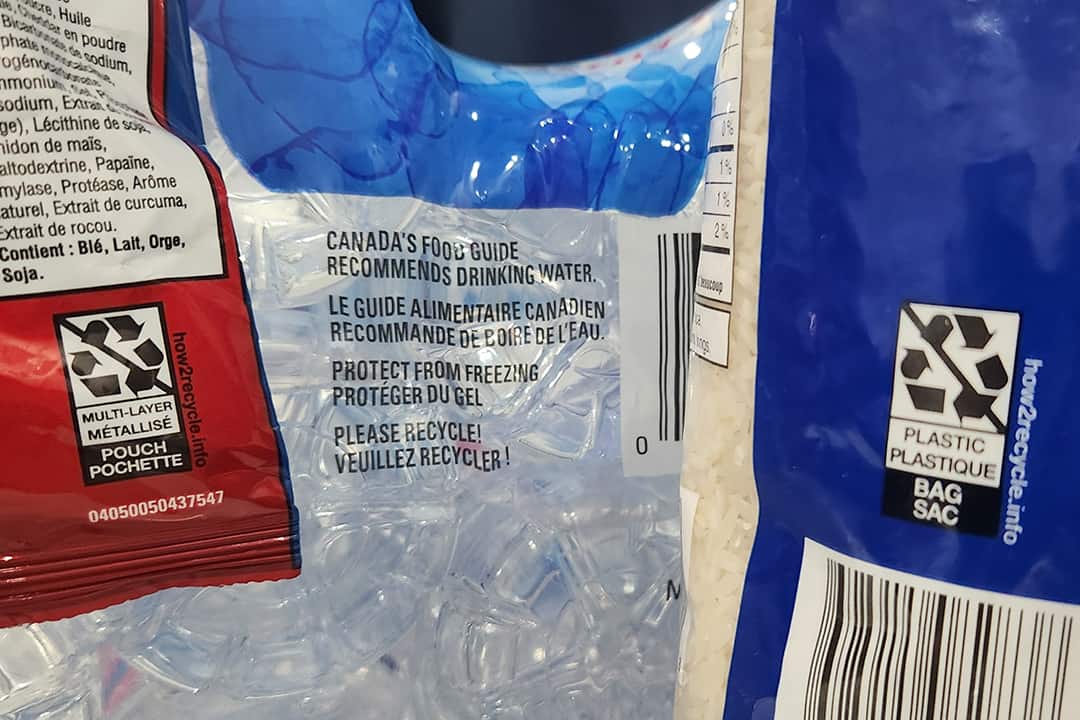Whether we like it or not, plastic is all around us. The incredible twentieth century innovation of highly moldable, highly adaptable, and lightweight material transformed the world forever.
Today, we can find plastic everywhere — from food processing to medical devices, from electronic components to consumer goods packaging. And though plastic technology has no doubt benefited humanity, its direct impact on the land-based and aquatic environment is massive and growing.
Plastic is extremely inert and biounavailable. In other words, most plastics are unlikely to react with any other chemicals in the environment or to be broken down by plants, animals, or bacteria. Plastic trash that ends up in our landscapes and seas will take anywhere from a few decades to a few millennia to break down.
Coupled with the fact that plastic is largely produced from fossil fuel based compounds called petrochemicals, this creates a great environmental incentive to transition away from our current dependence on plastics.
But it’s not as simple as just banning all plastics everywhere. There are many fields where plastic is essential, perhaps irreplaceable — think technologies like air bags in cars or implanted medical devices. In many other applications, plastics aren’t strictly required but have become the expected standard: straws, disposable cutlery, and food packaging come to mind.
This poses innovators with a problem: phasing out traditional plastics in favour of alternative solutions. A situation like this is ripe for “greenwashing,” a term used for dressing up environmentally destructive acts to appear eco-friendly.
Consumers have a responsibility to develop scientific literacy to understand the language alternative plastics manufacturers use. This knowledge is valuable to inform our habits and to help scrutinize new products in the current plastic pollution crisis.
Biodegradable plastics
Plastic is extremely persistent. Even when plastic appears to break down in the environment, it is often just being ground up into tiny pieces — called microplastics — that hang around in soil, water, and inside our bodies. For the sake of health and the Earth, waste management would be much easier if plastic could degrade at a fast rate like other waste products.
“Biodegradable plastics” offer a potential solution. As the name implies, these kinds of plastics are designed to decompose after disposal like organic matter would naturally.
Biodegradable plastics still pose environmental trade-offs. Many such plastics are still made with the same petrochemicals of mass-market plastic. So, while biodegradation reduces the waste problem, they still cause an enormous carbon footprint as a result of extracting the resources necessary for production.
However, many other biodegradable plastics also fall into another category: bioplastics.
Bioplastics
For years, materials scientists have been working to make plastic out of a cheaper, more abundant, and less environmentally harmful material. At their core, all plastics are just polymers — a type of chemical that is a repeating chain of linked molecules. Polymers from petrochemicals ultimately come from living things — fossil fuels are just fossilized biomass, after all. Recent breakthroughs in manufacturing have capitalized on more available non-fossilized polymers from plants.
Many polymers currently being used to create bioplastics come from waste products, especially food waste like starches and cellulose. Cellulose is a plant material made of chains of sugar molecules and is one of the most abundant polymers on Earth — the tough, indigestible parts of plants are largely cellulose-based. It can also be used to make bioplastics.
The promise of plastic mass-produced from what is essentially a waste product is exciting, but consumers should keep in mind that not all bioplastics are easily biodegradable.
Recycled plastics
Plastic is recyclable. It can be reclaimed from some forms of plastic goods and made into other forms — but some other forms of plastic, such as shopping bags and trash can liners, can never be recycled.
The only consideration with recycled plastics is that they are chemically no different from their conventional counterparts and can only be recycled a limited number of times. We consumers might see the word “recycled plastic” on a product and mentally equate it to a bioplastic or biodegradable plastic, but this is not the case.
The problem with ‘green plastic’
Industrial plastic is entirely non-natural. Humans were the first organisms to introduce plastic to the biosphere, and plastic will persist for thousands of years. Even with the introduction of organically-made plastics, plastics that will eventually degrade, and reusable products designed for lifetime use, none of these alternatives solve the core issue of the industry.
All of these solutions to the current plastic crisis are predicated on the fact that the industry must continue to grow and expand, that we must continue to produce more goods. Perhaps the best path forward isn’t “different kinds of plastic,” but rather “less plastic altogether.”
Of course many industries still have no suitable replacement for the material, but it’s worth considering that for most of our history we got along just fine without plastic straws or containers — disposable, biodegradable, recycled, or otherwise.



No comments to display.